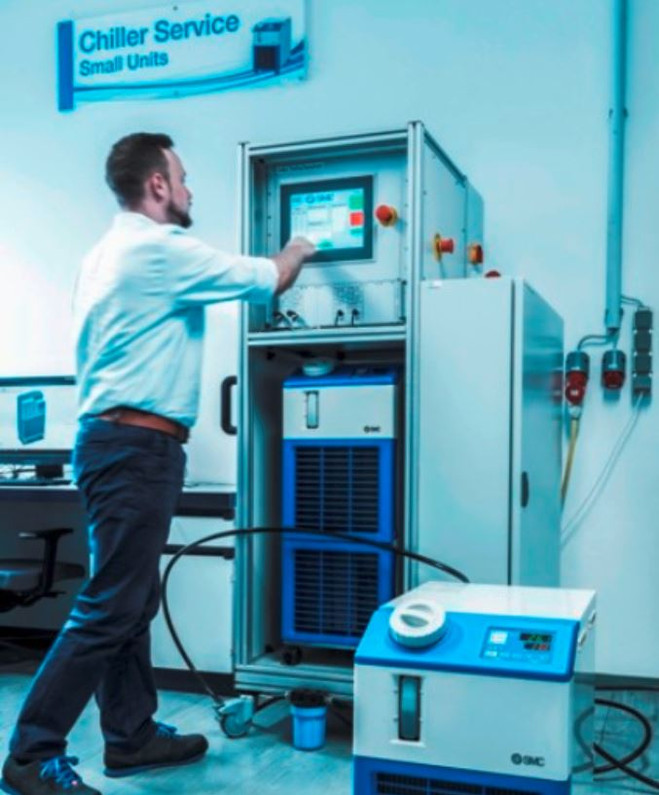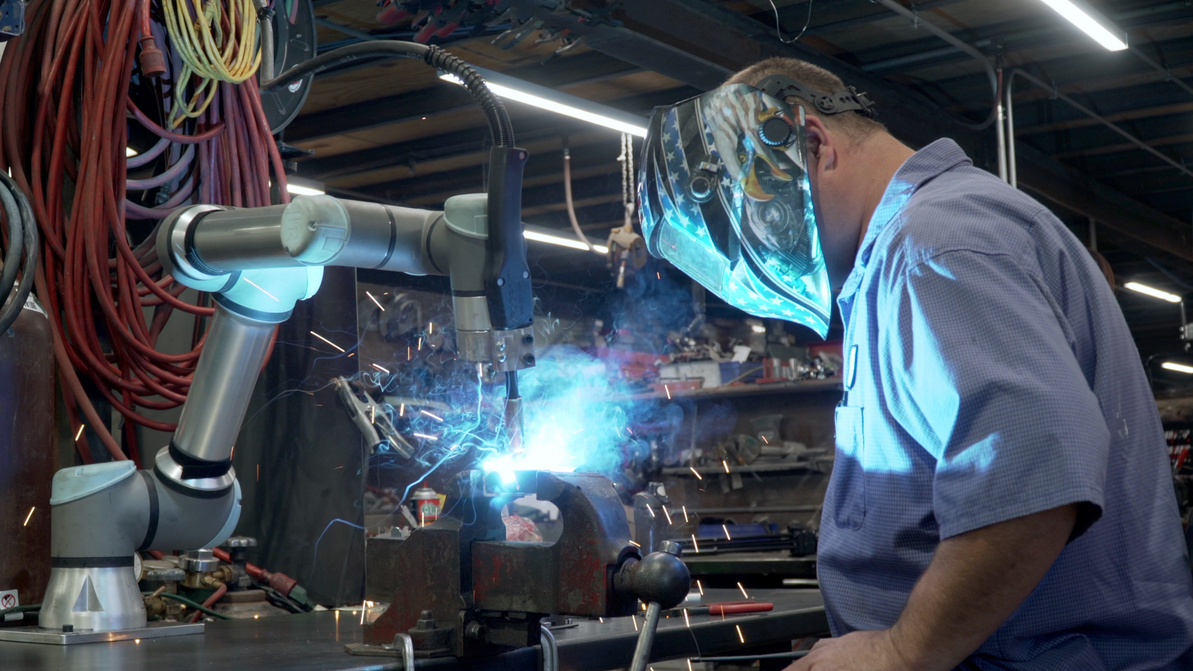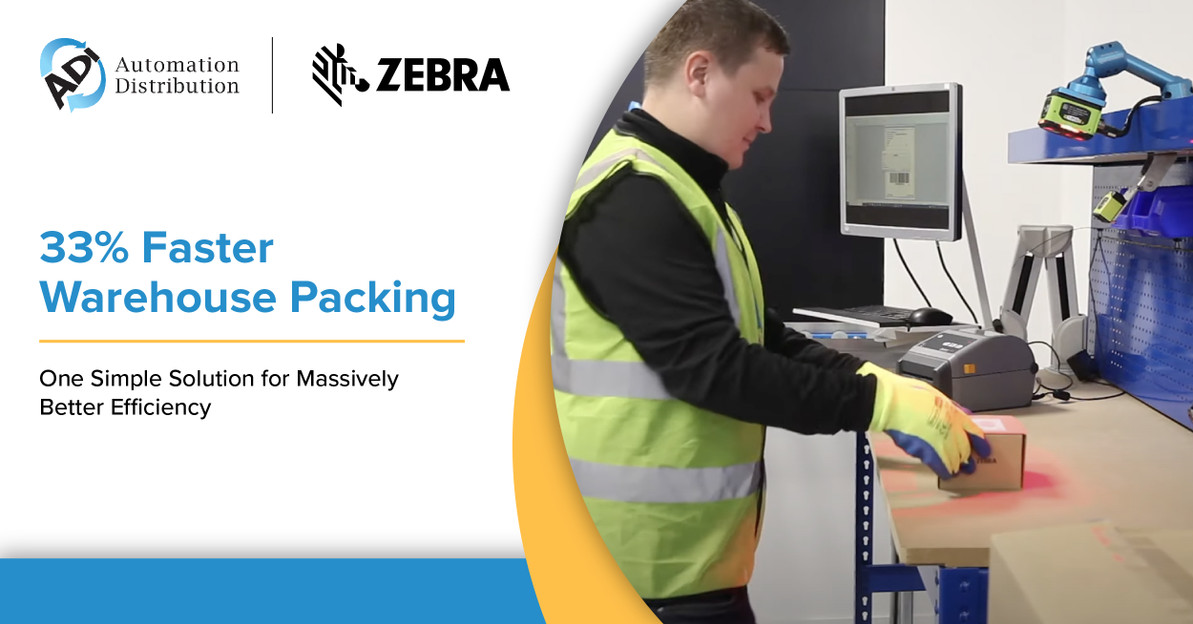Industrial Chillers: Air- vs Water-Cooled
The temperature can have a significant impact on how well industrial processes work. Examples include the fermentation of beer, the application of packaging adhesives, and liquid reactions in biomedicine. The equipment itself may become damaged as a result of excessive heat. All of these devices—lasers, printers, conventional chip cutting apparatus, and welders—need cooling to function properly.
Rapid temperature changes used in manufacturing can make it difficult to maintain efficiency because they are energy-intensive and frequently create bottlenecks in the flow of the operation as a whole. Because they directly affect cycle times and output, temperature control and stability are essential to manufacturing operations. This has a big impact on energy usage and production costs, as well as product quality, uniformity, and waste. Therefore, productivity and process efficiency can both be increased by using a new control technique that is more precise and responsive.
On production lines, a variety of products are frequently manufactured. As a result, depending on the product being produced and the raw materials being used, different target temperatures for the process are needed. Controlling and maintaining process temperature throughout the various stages of the production process is essential since manufacturing is all about product uniformity and process repeatability.
As a portable cooling system, chillers are frequently employed in commercial and industrial establishments. Simply described, an industrial chiller is a refrigeration device that either dehumidifies air (air-cooled chillers) or cools a fluid (water-cooled chillers). In order to cool the surrounding air or equipment, our industrial air chillers and water chillers take heat from either water or air and circulate it through a heat exchanger.
Key benefits of utilizing a water-cooled chiller include:
- Compared to chillers that use air cooling, a more precise heat transfer
- Less energy-intensive
- Longer lifespan than chillers that use air cooling
Principal drawbacks of utilizing a water-cooled chiller:
- Higher initial expenses
- Higher costs for upkeep and maintenance
- Takes up more room than chillers that use air cooling
Key benefits of utilizing a air-cooled chiller include:
- Lower initial expenses
- Less space than chillers that use water for cooling
- Low maintenance and upkeep expenditures, no water treatment costs
Principal drawbacks of an air-cooled chiller include:
- Shorter lifespan than chillers that use water as cooling
- Insufficiently energy-efficient
- Inaccuracy in the heat transfer
In the end, the right temperatures aid in maintaining the surface finish and stability of the product. By doing this, waste and consumer return expenses are reduced. Additionally, it assists in avoiding real harm to the manufacturer's reputation brought on by the distribution of subpar goods. To further compare chiller options, visit the “Chillers” section of our product configurator or use the Chiller Guide or the Recirculating Chillers Quick Reference. Shop chillers and thermal management products on our website or contact us to learn more.
Sources: https://www.processindustryforum.com/article/controlling-temperature-for-manufacturing; https://www.smcusa.com/applications/temperature-control-equipment/ ; https://www.shiniusa.com/2016/07/26/everything-you-need-to-know-about-industrial-chillers/#:~:text=Chillers%20are%20widely%20used%20in,(air%2Dcooled%20chillers).
Recent Posts
-
Using Scan Tunnels to Track, Sort and Route Warehouse Packages
If you’re using conveyor lines to move products, packages and shipments through your warehouse, the …Apr 17th 2024 -
Embracing Collaboration: How Universal Robots Transformed DeAngelo Marine Exhaust
When the welding robots made their debut at DeAngelo Marine Exhaust, there was a mix of excitem …Apr 11th 2024 -
How to Speed Up Your Warehouse Packing by 33% with Machine Vision
Packing benches are some of the busiest areas of most warehouses, with thousands of items to pack i …Apr 4th 2024





